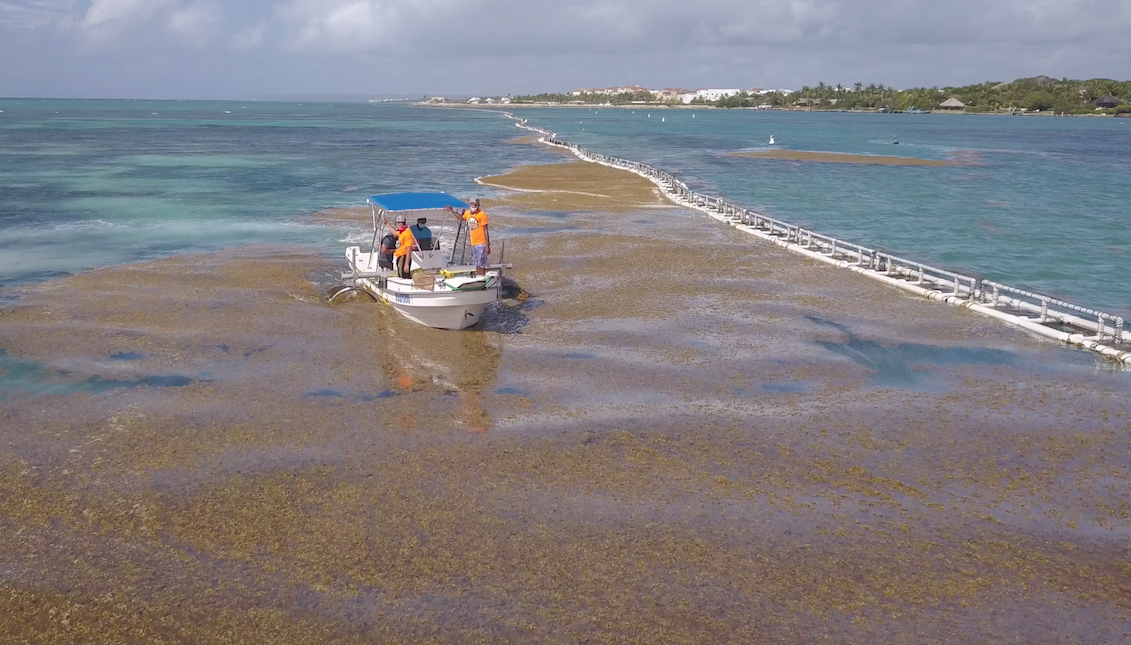
Hillary's Mea Culpa on Drug Violence and Prays at Basilica in Mexico
Secretary of State Hillary Clinton drew attention to the U.S. “insatiable” demand for drugs and U.S. arms sales that end up in the hands of narco-traffickers in a policy paradigm shift, characterized as a “mea culpa” in the Mexican press. Clinton’s statement was taken as a major admission in the violent quagmire engulfing Mexico.
The militarization in Mexico to dismantle the drug cartels has led to violence in some border cities and travel warnings for parts of Mexico. Tijuana, Cd. Juárez, Laredo and Reynosa, with sister U.S. cities, have often figured prominently among U.S. concerns.
The number of drug-related casualties has been variously reported as just under 6,000 when the campaign began after the election of President Felipe Calderón and 9,000 in a little more than in the past two years. Some heinous assassinations of combatants, police, journalists and some well-placed citizens have received wide attention and public disgust. Shock waves have moved across the border with speculation that narco-violence has already or can potentially spread to the United States is a raising concern.
In response, the Obama administration has announced it is placing 450 new law-enforcement officers on the border.
The major Mexico City daily newspaper,El Universal editorialized that Clinton’s acknowledgement that U.S. demand for illicit drugs and the supply of arms was “a self-critical discourse like never before heard from a high-level U.S. official.” The press opinion reflects the widely held view in that country that the U.S. is quick to criticize but does not take responsibility for its contributions for some of Mexico’s problems.
During a press conference on her arrival in Monterrey March 26, Clinton called the drug-related violence “intolerable.” She said, “The United States recognizes that drug trafficking is not only Mexico's problem. It is also America's problem."
El Universal’s Washington correspondent J. Jaime Hernández noted in that daily that Clinton has a longstanding affinity for Mexicans, Latinos and the border region. He reports Clinton has said, “Mexico is a strategic ally and we have to be with them,” to collaborators at State and the National Security Council.
In Mexico City, Secretary Clinton met with Calderón March 25 at Los Pinos, the presidential residence. Her visit comes, and perhaps lays the groundwork, for the state visit by President Obama to Mexico in mid-April. Assistance to Calderón to combat drug trafficking, trade and immigration are expected to be themes when the two presidents meet.
Clinton’s visit also precedes official visits by Homeland Security Secretary Janet Napolitano and Attorney General Eric Holder April 1. Clinton, on her visit to Mexico City, toured a new command and control installation of the federal police.
Before leaving for Monterrey, Clinton prayed at the Basilica of Our Lady of Guadalupe, the shrine where the Virgin Mary appeared and her image mysteriously transferred onto the mantle of Saint Juán Diego, which is on public display. Julián Sánchez and Silvia Otero reported in El Universal that Clinton, who is Methodist and accompanied by the Basilica’s rector, Diego Monroy, said she was very “impressed and impacted” by the explanation about how the 16th century image was transferred to the rough agave fabric.
“Who painted it?” the Secretary asked, to which the rector told her it was done by God.
[José de la Isla’s latest book, Day Night Life Death Hope, is distributed by The Ford Foundation. He writes a weekly commentary for Hispanic Link News Service and is author of The Rise of Hispanic Political Power (2003). Contact him by e-mail at [email protected].]
© 2009









DEJE UN COMENTARIO:
¡Únete a la discusión! Deja un comentario.